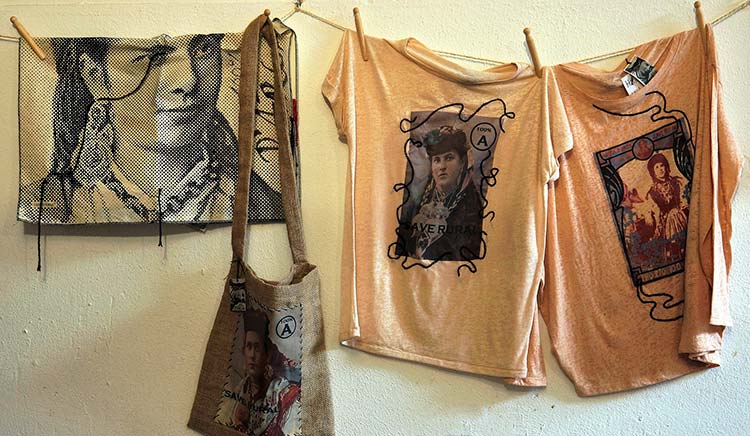The prominence of social media in recent years has caused a major shift in consumer behavior and expectations. As consumers feel “in control”, many businesses – from SMB’s to global brands – try to connect with consumers and consider their wants and needs.
Thanks to digital print on demand and fast production, print companies can now easily address the needs of certain target groups, or even specific customers.
Improving Customer Experience with Custom Prints
In this digital age, when our lives are mostly spent in front of a screen, traditional print services need to reinvent themselves to stay relevant. Today, when physical print products are more of a novelty and less of a necessity, personalization in key to attract customers.

As part of being “in control”, consumers expect customization and personalization in their printing demands. The average customer does not want to pick from a catalog – they want to create their own designs. Recent studies have shown that over 50% of consumers prefer purchasing customized and personalized print products – from T-shirts to coffee mugs. Luckily, modern print software support all sorts of customization and personalization.
Premium is Making a Comeback
For the past 50 years, thanks to computers and automation, consumer products are constantly getting cheaper to manufacture. This leads to a consumer behavior of buying more (quantity) for less (price). It started in the food industry, moved to clothing, and now even to electronics.
But not all consumers make their purchasing decisions based on price point. In recent years, the word “Premium” is being used more often than not. This trend is especially visible in the food industry, as consumers all over the world are willing to pay more for higher quality, handmade, premium products.
This reflects on the printing industry, as these premium products require premium packaging. Today, there is a high demand for high quality prints, finishes and lamination, as well as standout graphics and better quality packing material.
The Print Industry is Going Green
Sadly, the print industry is one of the main contributors to the declining state of the environment. Solvents used in most petroleum-based inks release volatile organic compounds (VOC) into the air during the printing process. Cleaning excess ink from the rollers and using photographic chemicals is also an issue, as well as the general use of energy to run the operations. The print industry alone uses 5%-10% of the world’s energy.
The need for more sustainable manufacturing in the printing industry has lead to quite a few important developments.
Soy and Vegetable-Based Inks are sustainable and release no volatile organic compounds into the air, as opposed to petroleum-based inks traditionally used.
Responsible Paper Sourcing is much more than recycled fibers. It also involves coating, bleaching, packaging, using renewable energy and hybrid vehicles for shipping.
Overall Waste Reduction is a byproduct of lean and efficient web to print practices, which increase the efficiency of the print production process, and reduce the overall energy spent and carbon emission. This is a huge improvement of the traditional print process, which in the past required large print runs, ink and paper waste during preparation and proofing, and print materials that ultimately ended up on a shelf in a warehouse.
Improving the Supply Chain Model
Social media is all about “here and now”, and consumers expect ultra-fast delivery times. Today, just-in-time (JIT) print workflows support automated proofing, job setups, color standards and production specs – downloaded in seconds from data files or public libraries. Modern print automation solutions no longer require manually entering standards or print specifications from one manufacturing step to the next. These improved workflows enable better fulfillment, shorter delivery time and higher customer satisfaction.
